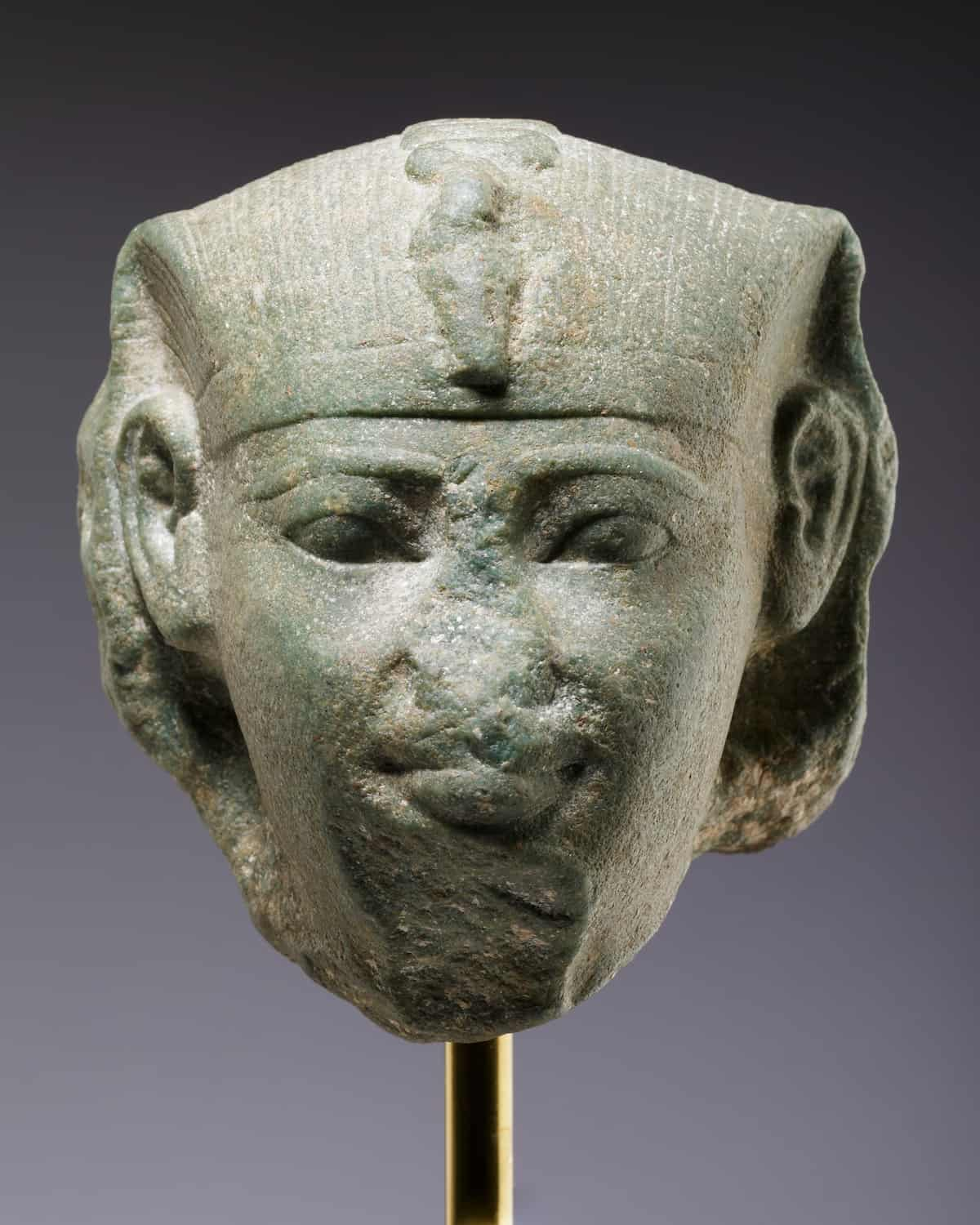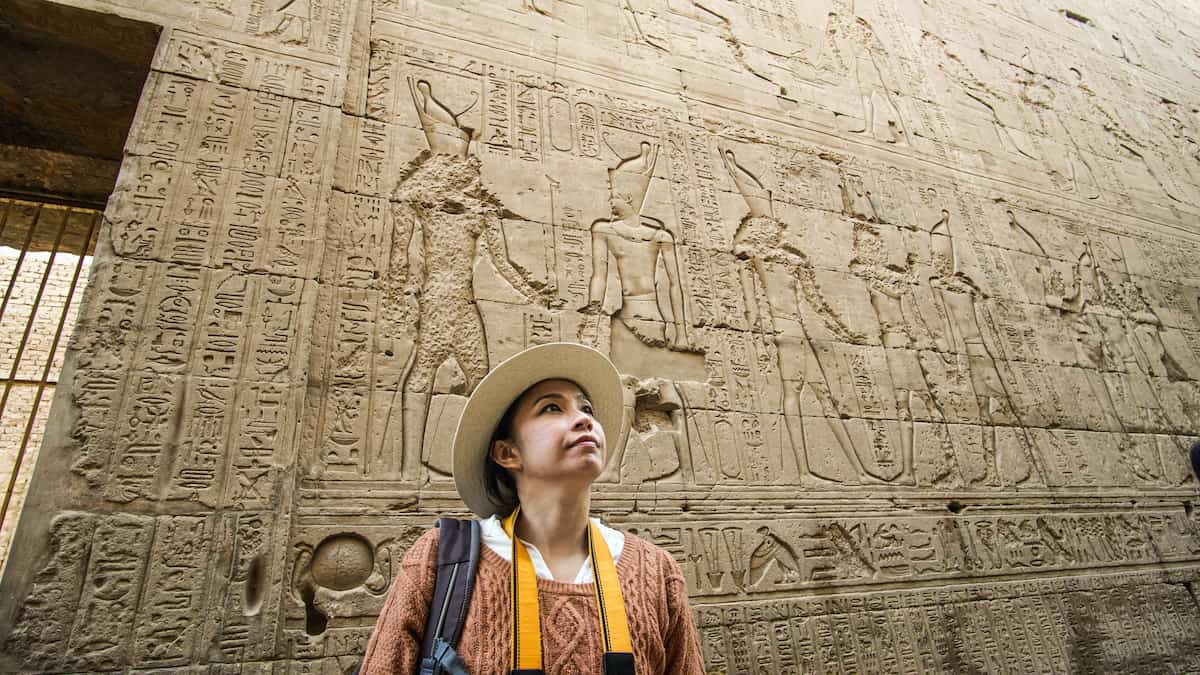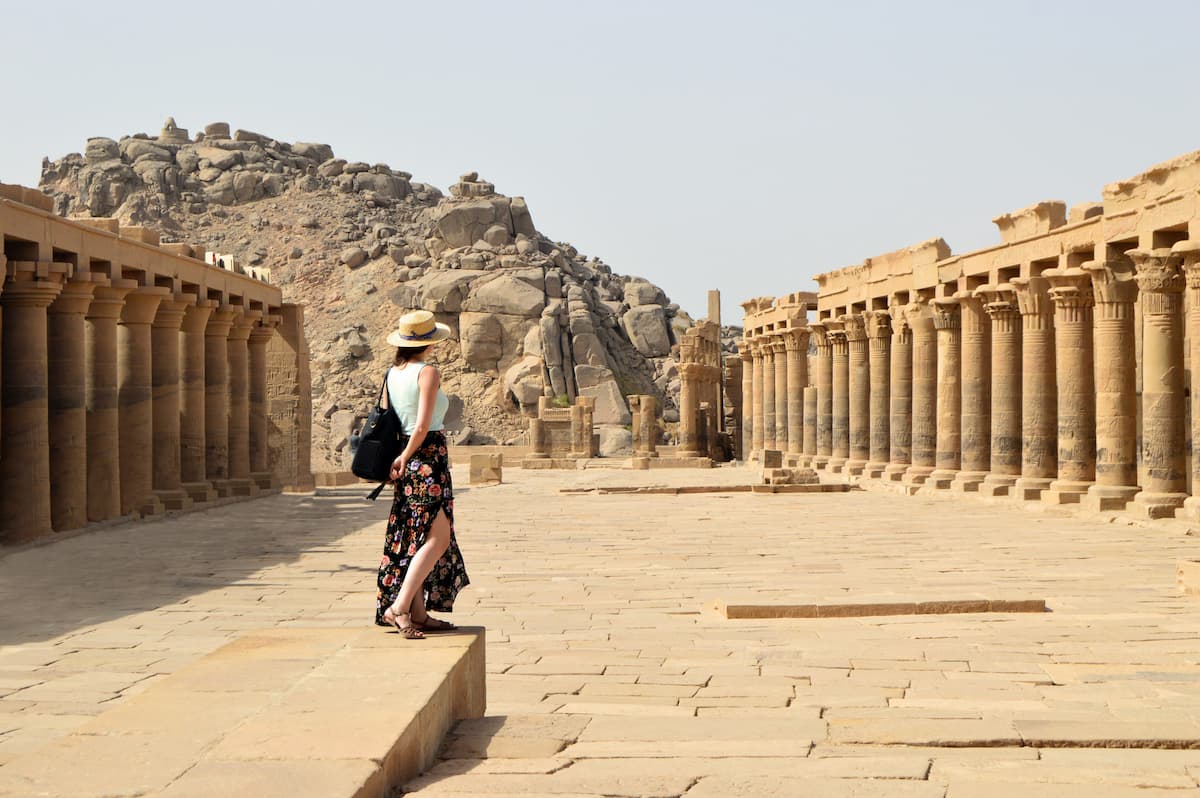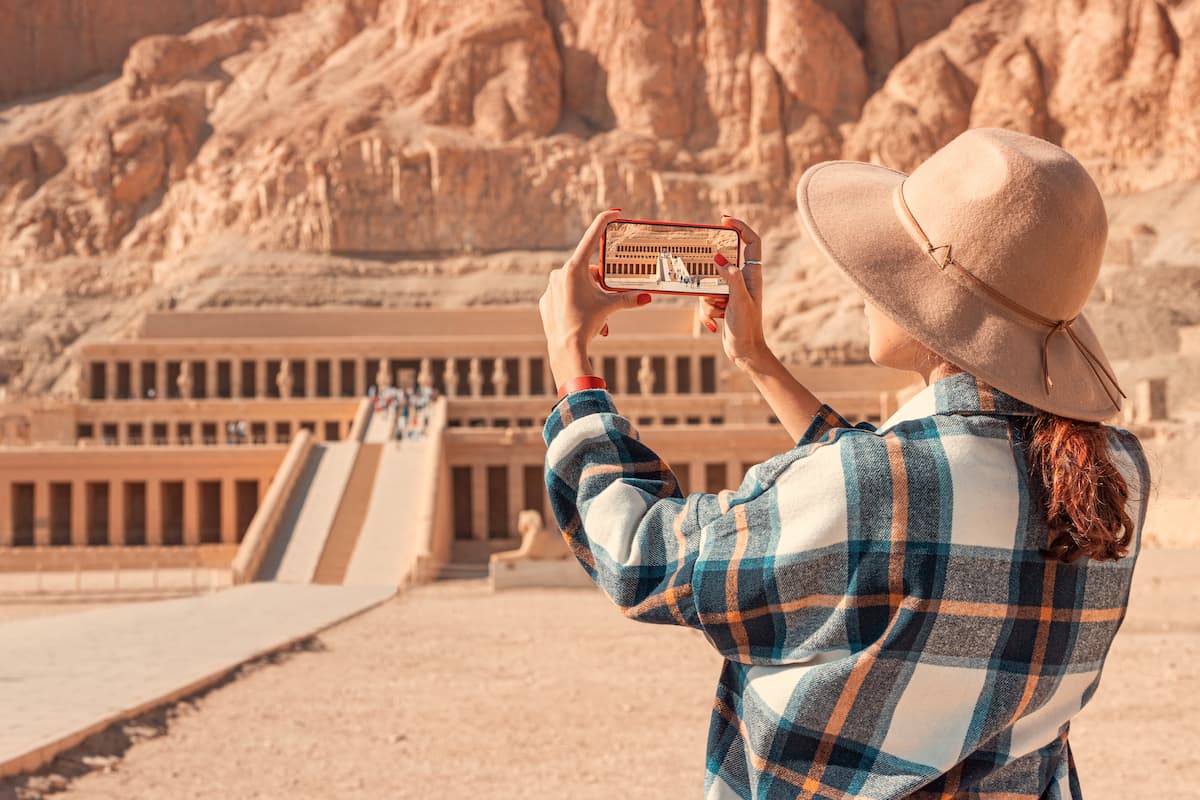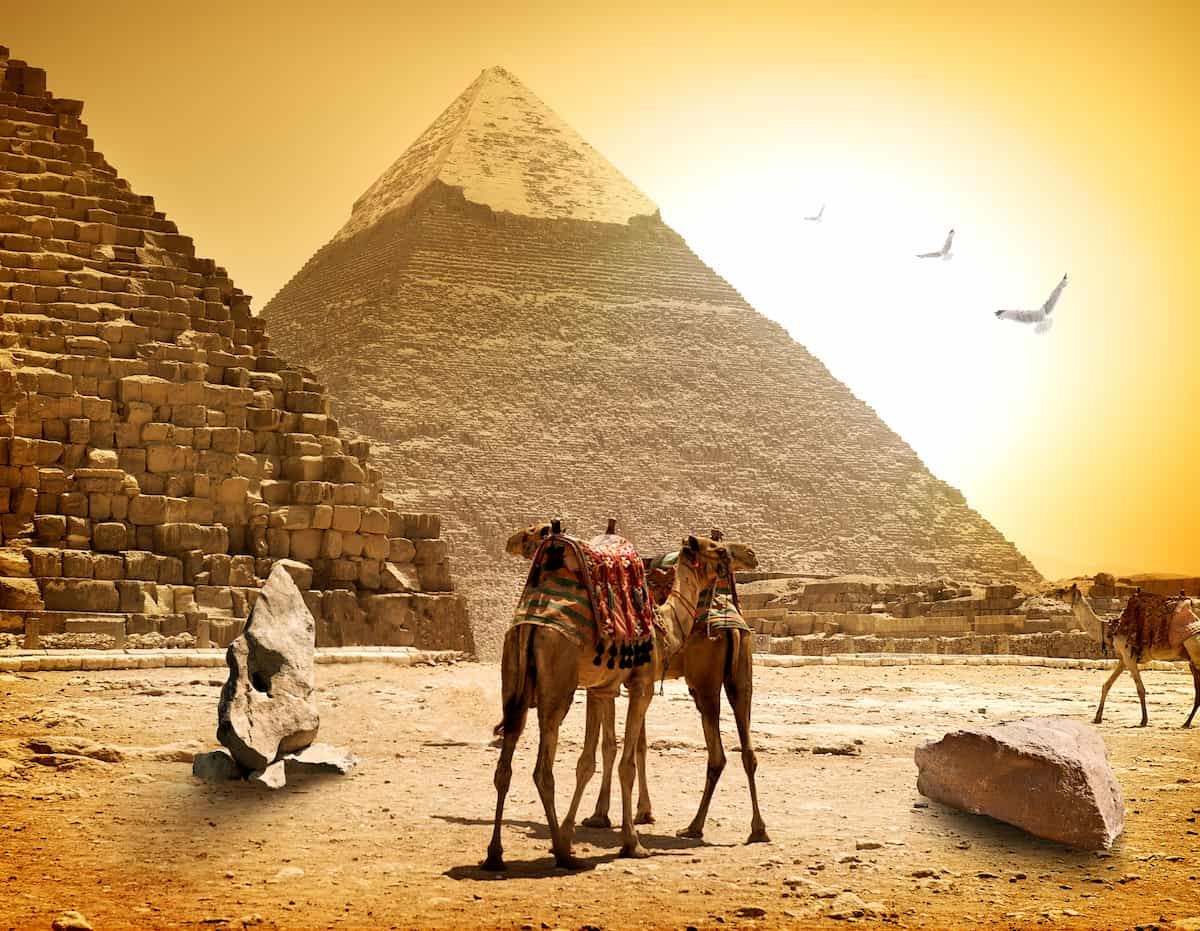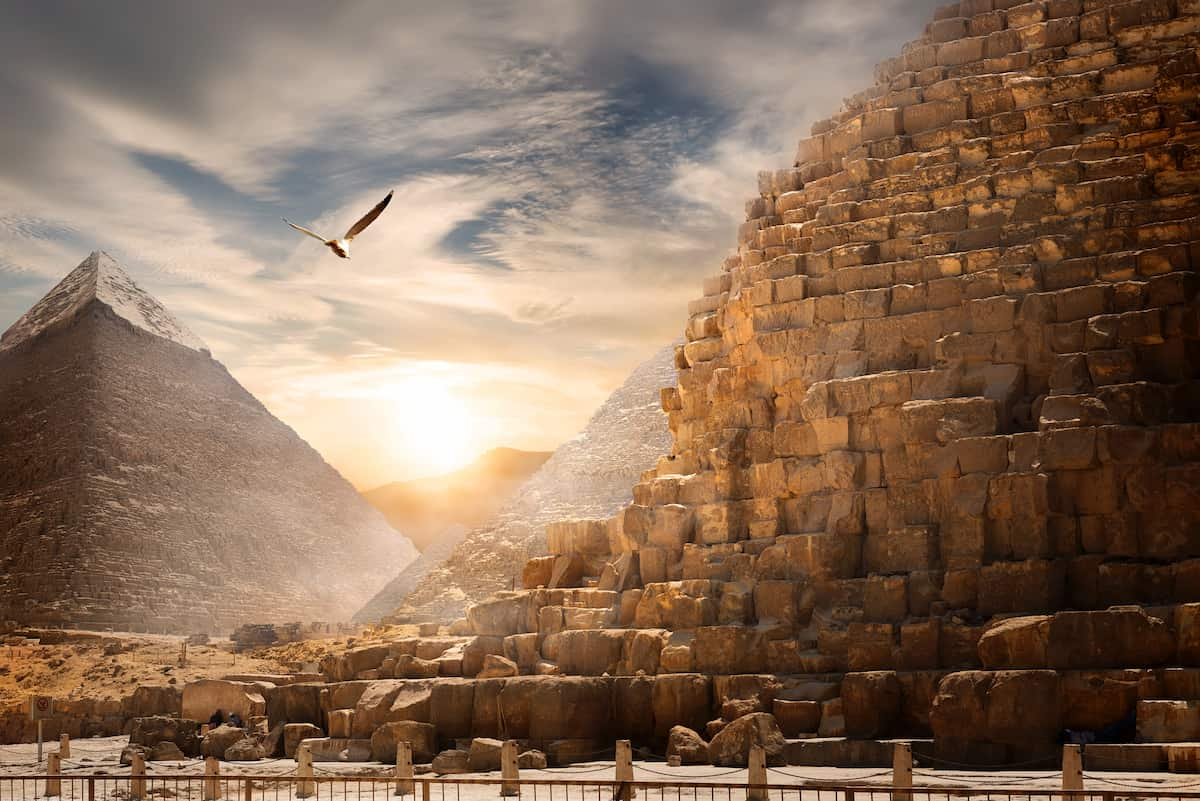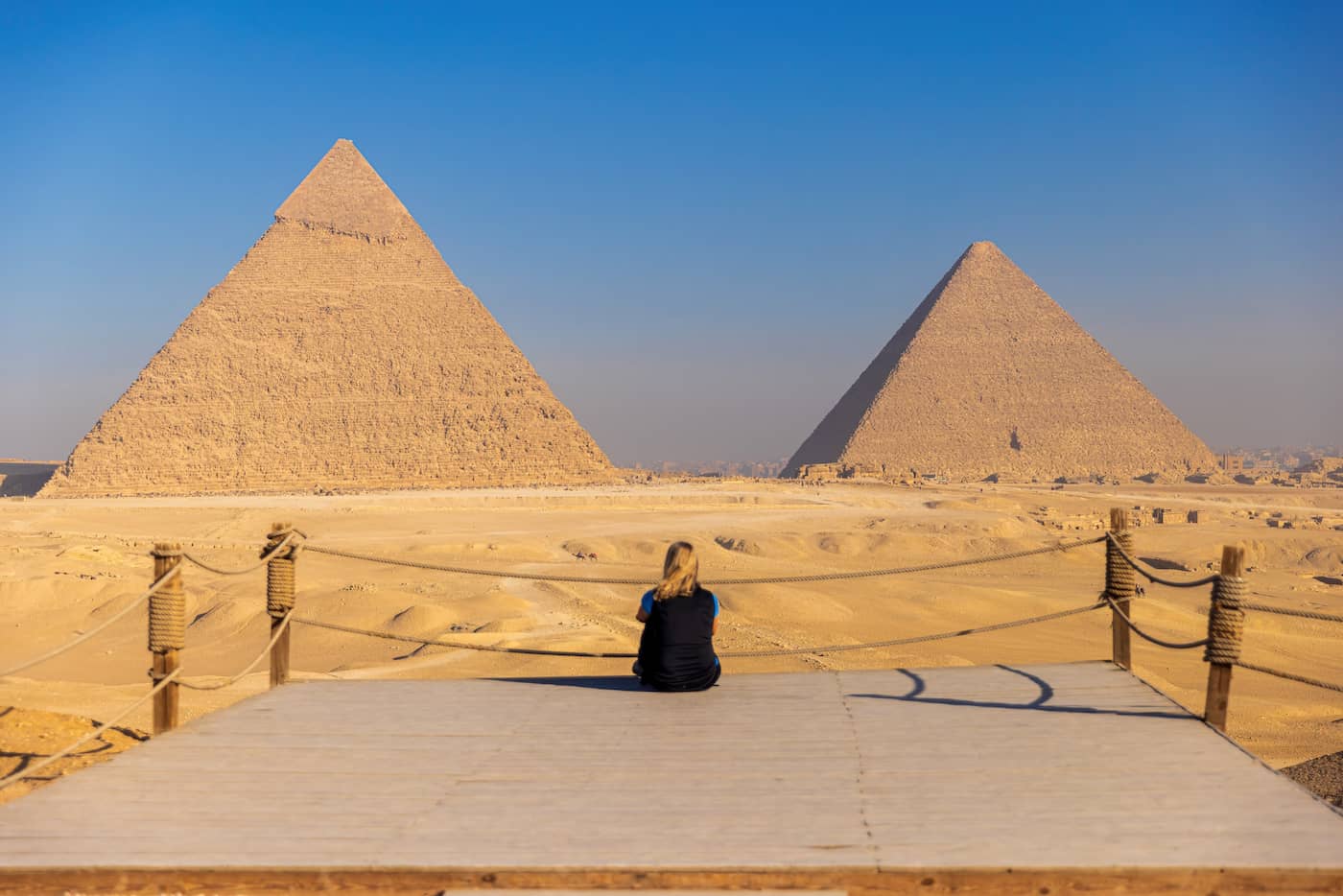King Amenemhat: The Visionary Pharaoh Who Rebuilt Egypt
In the deep layers of history, King Amenemhat I has been considered the real initiator of the Age. The Twelfth Dynasty‘s first king, Amenemhat I, restored order in Egypt from near disunity and chaos. The Middle Kingdom, more salient for political stability, economic prosperity, and cultural rebirth. It is considered to begin formally with his reign. Two troubled intermediate periods. The First Intermediate Period was ruled just before his reign. Due to the collapse of the Old Kingdom and the rise of regional powers. King Amenemhat finally reunited and reorganized Egypt in spirit and prosperity.
The name King Amenemhat I was, by some, used to denote this king. He was therefore the initiator of the process. Which would make historians call the Middle Kingdom the golden era. He set about restoring the authority of the king and the common royal ideology. As well as establishing national infrastructure. These three matters relatively stabilized Egypt for two generations. Therefore, starting identification in 1991 B.C.E., Amenemhat became the turning point politically and spiritually, catalyzing an awakening.
The victorious endeavors of Amenemhat were the restoration of the centralized government. Bearing in mind his divine right as Pharaoh, thus gained the support of both the nobility and the commoners. Some even consider his reign as that which delineated a whole historic transition. For Egypt, from an unorganized past to a hopeful future, making it one of the most dynamic forces in Ancient Egypt. The investigation into the living wonders of that king of the Twelfth Dynasty, the mysteries that revolved around his reign and lasting impact, will thus bring the concept of what it meant to be Pharaoh in Ancient Egypt cuttingly into question.
2. Early Life and Rise to Power of King Amenemhat I
Little is known of Amenemhat‘s childhood or youth, though most historians believe he was not born to royalty. His name, Amenemhat or Amenemhet, means “Amun is in front”. Such a name would have worshipped Amun, who would have been increasing in prominence at that time in Egypt. Amenemhat may have been a vizier to Mentuhotep IV before he ascended the throne, a position that would have indeed placed him in the highest offices of the royal court. Exposure to administration and military activities would have given him both the background and the avenue to become king.
From Vizier to Pharaoh: The Rise of Amenemhat
This transition from the 11th to the 12th Dynasty is susceptible to historical conjecture: one theory states that Amenemhat could have wrested power either through political maneuvering or simply by riding on the unrest that accompanied the transition. Whatever means he might have adopted, upon ascending the throne, Amenemhat founded a new capital city, Itjtawy, which was strategically located near Faiyum to rally authority inland and stave off possible attacks.
Amenemhat‘s ascension entailed a new beginning for Egypt. Those who date Amenemhat as the founder of the Twelfth Dynasty bring the Egyptian state out of the deranged state into which it fell during the First Intermediate Period. He considers himself a reformer and restorer of those ancient values and traditions that for so many years in political strife had been discarded.
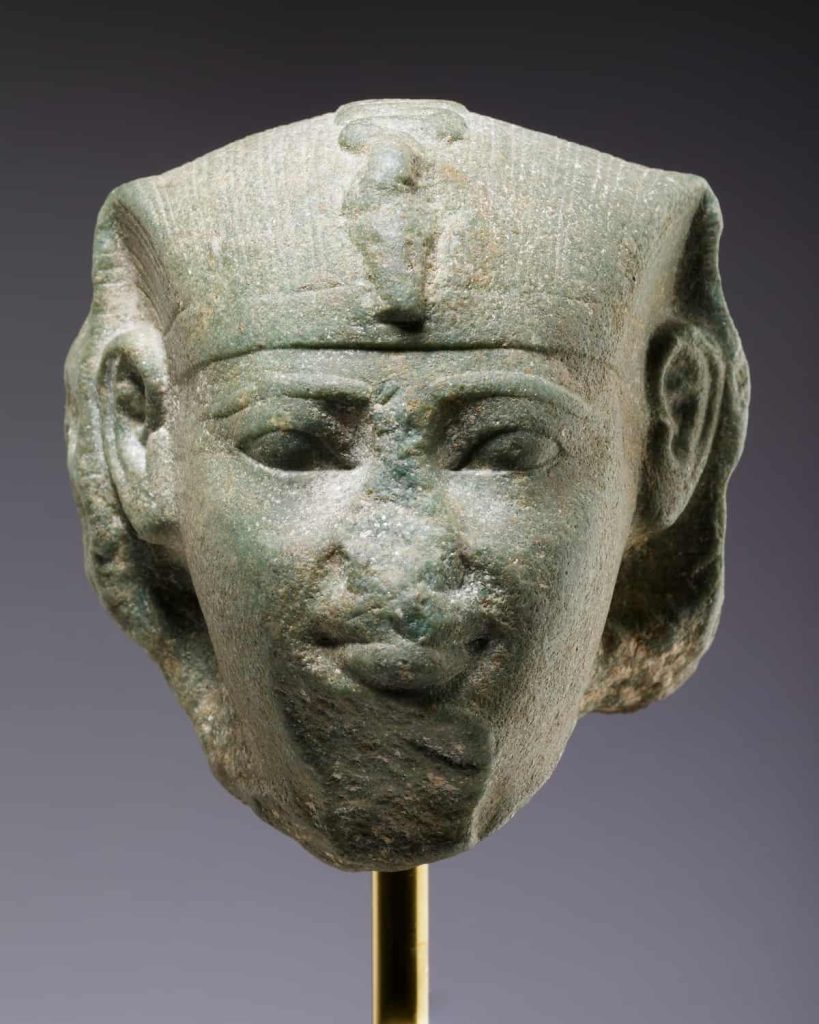
Under King Amenemhat, the infrastructure and supremacy were already built; it was only left for him to win the trust of the people. In this capacity, his monarch embodied a very fragile equilibrium between renewal and establishment, where up to that time the place of the people for the king-in their trust-was very deeply staked. Those times are remembered due to his incredible journey to the highest office, because Amenemhat was the name of the Lord who attached the Egyptian monarchy to a single powerful ruler whose identity in history is redefined as unique.
3. King Amenemhat I: The Founding of the Twelfth Dynasty
The birth of the Twelfth Dynasty marked a historical landmark in ancient Egyptian history. It was an outstanding leadership through which King Amenemhat I acquired his title, the birth of the Twelfth Dynasty. Having emerged as a stabilizing force and ushering in the Middle Kingdom, widely recognized by historians as the most flourishing and culturally advanced period in Egyptian history, his emergence appeared about 1991 BC, after a very harsh and turbulent time engulfed wide fragmentation engulfed the entire country during the First Intermediate Period.
A New Capital and the Rebirth of Egypt
Building a stronger central government demanded that King Amenemhat trade Thebes for a strategically located capital city, Itjtawy. Though the exact site of Itjtawy remains unknown, most scholars argue that it should have been somewhere near what is today the Faiyum region. This brave move, again, was another renewal of Egypt through a king so bent on uniting the country politically as well as economically.
Setting up the Twelfth Dynasty was far more than just a political game: it meant a total restructuring of the state. Amenemhat proceeded to administrative reforms; reinstated some of the older religious rituals; and restored the courts, law, and order. He was convinced that to gain the support of the elite and the common people, he would have to emphasize Ma’at (cosmic balance and truth).

In the interest of establishing continuity and stability, Amenemhat introduced the custom of co-regency when, during his reign, he appointed his son Senusret I to be co-pharaoh with him. Hence, the transition was well protected against any disturbance, and was henceforth imitated by the later dynasties. Amenemhat I’s creation of the Twelfth Dynasty united Egypt and changed forever the very conception of kingship. The reforms he brought to bear made the magical transformation of the Middle Kingdom take glory, and thereby stand as proof that the magnificence of a nation may well be revived, too, with the coming of a mightily strong leader.
4. Reign and Achievements of King Amenemhat I
The time when King Amenemhat I came to power envisaged stability, united the people, and oversaw the process of the revival, reconstruction, and consolidation. At the very inception of the Twelfth Dynasty, the royal founder undertook to recover the lost glamour of the old ailing state that over the decades had experienced disunity. It is almost inevitable that for ancient Egypt, Most of the features of the High Middle Kingdom were characteristic of it as early as under Amenemhat himself: a regular centralized administration, a largely agrarian and farming economy, and the development of high culture.
Restoring Order and Rebuilding a Nation
Perhaps most importantly, Amenemhat restored order with a strong central government. He reorganized the nomes of Egypt and placed his loyal officials to govern them, thereby putting the title of pharaoh back into the hands of the sovereign instead of in everyone else’s. It is said that Amenemhat espoused Ma’at: truth, justice, and balance. Under Amenemhat, the Egyptian economy probably began to prosper. In irrigation, he rebuilt existing systems; trade through Nubia and the Levant was reopened; and mining expeditions were encouraged to fetch resources such as gold, copper, and turquoise. This activity stimulated economic income; therefore, there was enough money for the grand construction works.
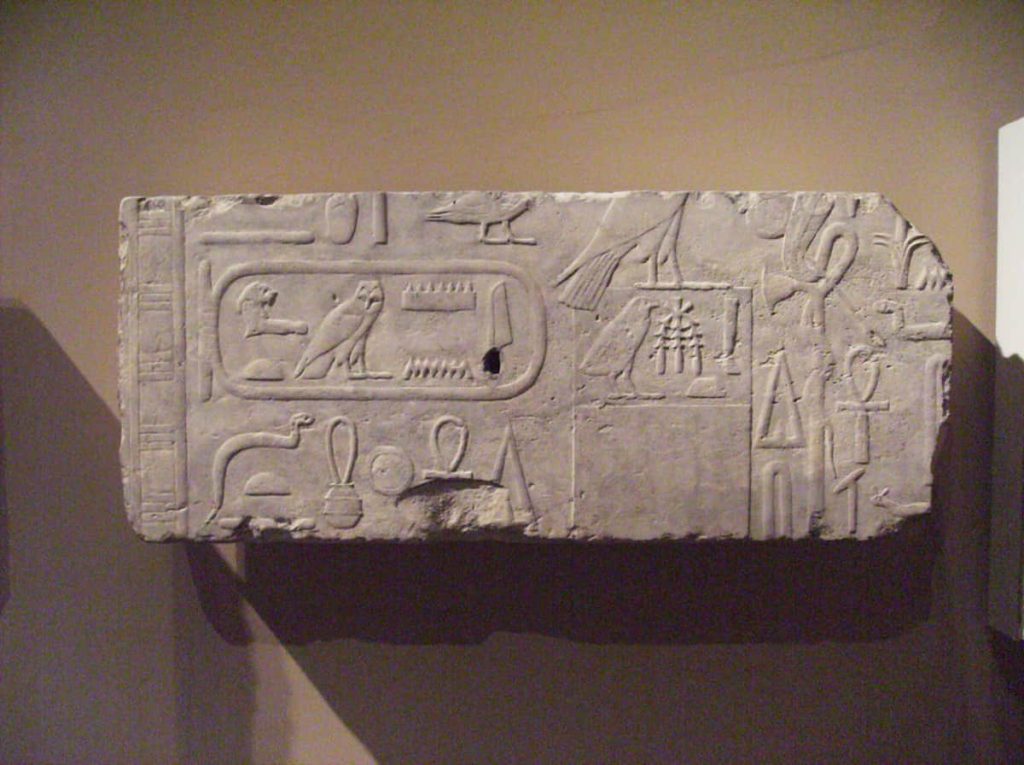
Probably the greatest innovation during his reign was the institution of the co-regency system. Close to the end of his reign, Amenemhat made his son Senusret I co-king so that succession would pass smoothly. This outlet not only spared them the burden of civil wars but was then copied as a tradition by subsequent dynasties. On the foreign scene, Amenemhat strengthened borders, constructed defensive fortresses, and penetrated Nubia for the southern security of Egypt. It was a balanced regime of hard reforms and long-term planning.
By the time of his death, he had already transformed Egypt from a realm in turmoil to a stable and strong country. The reign of Amenemhat thus laid the foundations that gave the Middle Kingdom its greatest prosperity and established his permanent fame as one of the greatest pharaohs of ancient Egypt.
5. Construction Projects and Architectural Legacy
King Amenemhat I, the illustrious founder of the Twelfth Dynasty, was a master statesman and visionary architect. With the rejuvenation of national pride and royal power as his goal, Amenemhat became a major patron in architecture that combined both the ancient and the modern. The grandeur of the Old Kingdom was to be revived through the splendor of the Middle Kingdom.
Reviving the Glory of Egypt Through Stone and Spirit
The most significant contribution he made was the founding of the royal capital, Itjtawy. Its exact situation still eludes modern researchers, but it was probably situated near the Faiyum Oasis, an area chosen for its military prospects and farming capabilities. The founding of Itjtawy was a bold move from Amenemhat, with the symbolism of a fresh start and a re-centralized state under his reign.
Amongst the most recognized developments of King Amenemhat was his pyramid complex at Lisht near the new capital. Carrying the tradition from the old kingdoms’ pyramids, it helped mark the resurgence of monumental stone construction. The pyramid, smaller and more decayed now, was a loud signal for the renewal of the pyramid tradition and inspired many of his successors on the throne of the Twelfth Dynasty.
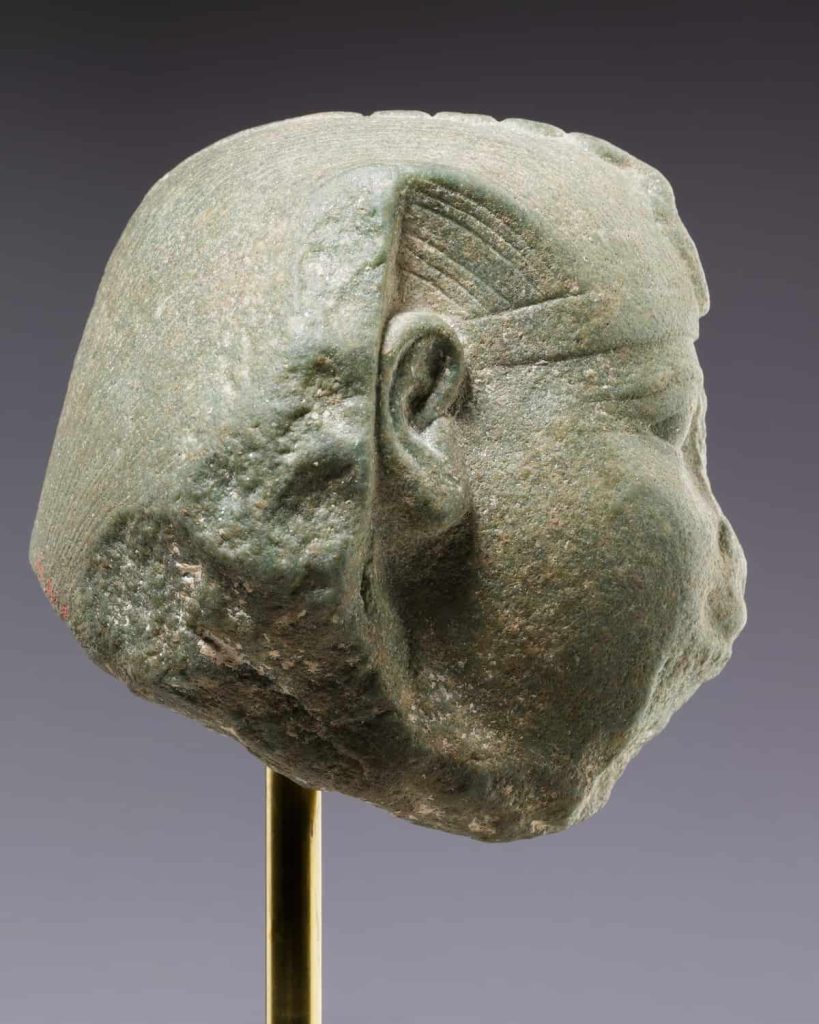
Again, from the temples, Amenemhat restored, repaired, built, and endowed temples throughout the land. Sacred sites were brought back from desiccation and ruin during the First Intermediate Period, linking once again the king and the gods, whose worldly counterpart he was. In this way, Ma’at’s divine order and balance were restored throughout the earth. Moreover, these architectural endeavors held meaning beyond the symbolic: politically, religiously, and economically. They provided employment; they supplied support for the priesthoods, and they suffused the landscape with imagery of an all-powerful pharaoh over a united Egypt.
6. Religious and Cultural Contributions
King Amenemhat the First was more than a giant who made political and military reforms to transform Egypt; he was also an important figure in the movement seeking to revive ancient Egyptian religious and cultural values. Due to his being the first and the founding tsar of the Twelfth Dynasty, Amenemhat understood that restoring the spiritual and cultural life of the nation is just as vital as reuniting its political life. His reign became a turning point in the history of the progressive religious outlook and cultural creativity of the Middle Kingdom.
The most lasting contribution of Amenemhat to religion is his reincorporation of traditional temples and the priestly caste in their traditional roles. In the anarchy of the First Intermediate period, many religious centers were either ignored or systematically destroyed. To that end, he commanded the reconstruction and expansion of the temples of the state gods such as those of Amun, Ra, and Osiris. The activities themselves could only buttress the pharaoh’s divine legitimacy, with Amenemhet installed as the earthly representative of the gods, one of the fundamental components of ancient Egyptian kingship.
Restoring the Soul of Egypt: Faith, Wisdom, and Artistic Revival
It is little wonder then that socially, the period he reigned remains the most productive in the Egyptian literature; the only state preserved work, the ‘Instruction’ of Amenemhat. This ethical religious text could have been written before the king or at his death, probably by some royal scribe. It also became known that it constitutes guidelines of the father to his son and successor, demoted to the level of Sesostris I. It involves teachings on ethical behaviours, political advice, and a play on the theme of deceit, probably the stories in which the king’s death might have been engineered. This composition was not only accepted as an indispensable to the literature of the Middle Kingdom, but was also transmitted from the hands of one scribe to another.
Under Amenemhat’s rule, such refinements were also made in art and language. The mural paintings and sculptures of tombs looked more natural, and the hieroglyphic inscriptions were of standard designs and more. These changes of culture helped in the revival of a very strong sense of national pride. The heart of Egypt was resuscitated by His Majesty, religious deeds, and legend in literature: this is what the name King Amenemhat will forever be associated with, having allowed the Twelfth Dynasty to effectively lay the cultural basis for the vital Middle Kingdom.
7. Death and Succession of
King Amenemhat I would have been able to make a major impact in the history of Egypt and the introduction of many reforms in the early years, which did not go amiss. This enterpriser, who managed to restore the country after the early problems and established the Twelfth Dynasty, eventually fell into discord. Such a ruler as he was hard to comprehend, and even in the history of Egypt, there is a series of explanations of these reasons. It is widely believed that Amenemhat, whom the old records sometimes call Amenemhet, may have been the victim of a backstabbing case meant that he was killed in one of his palaces, perhaps initiated by people from his inner circle. This argument is further supplemented by the ‘betrayal and sudden revenge’ topic, which can be said to have been insinuated in the widely studied document The Instructions of Amenemhat.
From Tragedy to Transition: The End of a Visionary Pharaoh
However, he adopted regal strategies adopted by his predecessor, King Amenemhat, long before the latter’s death. Egypt witnessed an unprecedented level of power sharing with the crown prince during the last few years of his reign through Dar Al Tarakhosh or Co-Regency as we know it today. This form of governance would significantly help facilitate the transfer of power from one administration to another, as it considerably reduces the chances of a civil conflict or a power struggle after his departure
In or about the year 1962 BC, King Amenemhet died, Senusret I came to the throne as sole pharaoh, ruling, in my opinion, at the wish of his father, for a decent length of time, not altering his father’s policies markedly in the process and somewhat extending these policies. In this sense, the coregency achieved not just political stability but also entrenched the Twelfth Dynasty’s reputation amid the Middle Kingdom Period.
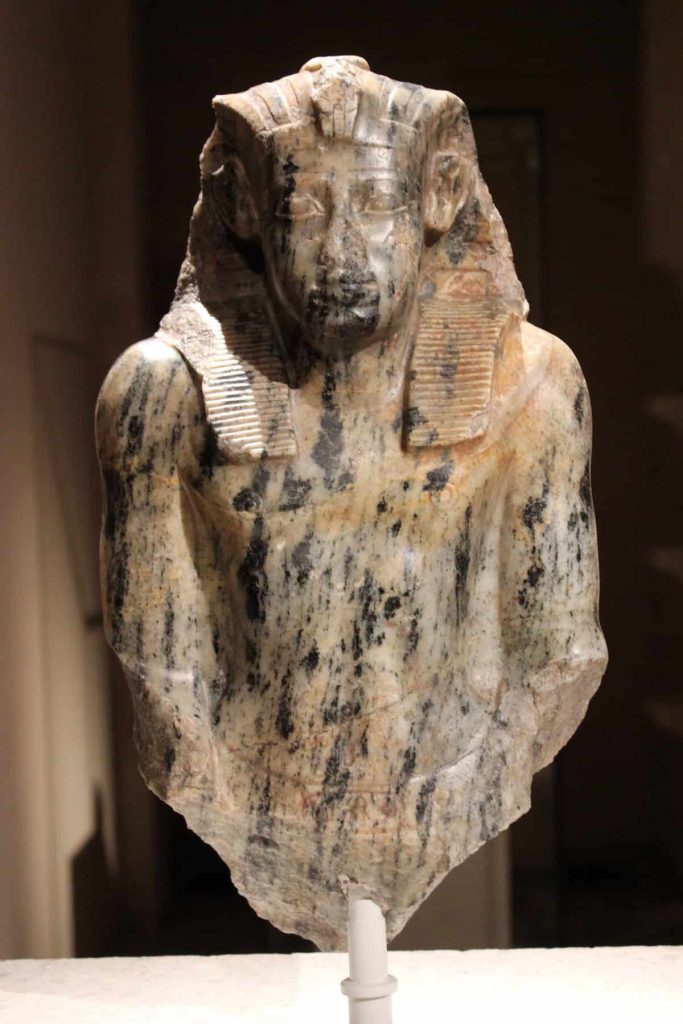
The change from Amenemhat to Senusret signified a perpetuation of a system built upon sagacity, foresight, and order. Amenemhat was not, after all, without planning for a new pharaoh after him. His lineage, as well as that of Egypt, was ensured. What must have been a violent and abrupt end became justified up to the coming of the subsequent pharaohs because his spirit of a kingdom remained in the shade of Egypt’s policy evolution at the time.
8. Historical Significance and Legacy
Without a doubt, King Amenemhat I left his mark on the ancient history of Egypt. Being the first ruler of the Twelfth Dynasty, he managed to bring consolidation to the disorientated people of Thebes, and that can be regarded as an important phase in the national history. With his era began the most celebrated era in Egyptian history of the Middle Kingdom. It was an era that was characterised by stability, advancements in society, and was well-organized. Historians today appreciate with much gratitude the leadership of Amenemhat in the country’s history because they believe he was one of its most efficient and brilliant kind of rulers.
A Legacy Carved in Stone and Spirit
He not only did all these, but also incited significant changes in politics, military, religion, and administration that not only corrected the situation but also drove the country into the golden period. He was not just a link between antiquity and a more civilized society, but more of a pharaoh who had brought radical changes to the practice of monarchy. Co-regency system and the pharaoh’s long-term goals, including the establishment of a new capital at Itjtawy, definitely showed that he was looking beyond his reign. It ensured the stability of his rule as well as the ease with which he gave up power to his son Senusret I, and indeed, the unity of Egypt was preserved.
Not only politics but also other creative fields kept Amenemhet culturally influential as the years went by. The scope of his literature, structures, and art can neither be forgotten nor his personality. With his name, one can recall The Instructions of Amenemhat, which was a masterpiece of the period and was used as political thought and scribal training for several centuries. The lodges at Lisht on top of the pyramid, the temple renovations, and how he was very particular about it in the art left a mark and a reminder about his presence.
The First Pharaoh of The Twelfth Dynasty
He was not just a pharaoh, but he became a figure symbolising the revival of the nation’s fatigued spirits. On the other hand, a name like his, which means “Amun is foremost,” suits the leader and people rebuilding the nation. Being the first pharaoh of the Twelfth Dynasty was not just about building massive structures; rather, it involved reconstructing the elements of a society. To this day, King Amenemhat is still a reference point in the agents of ancient Egyptian history, implying both the image of the fair ruler and the essence of the Kingdom of the Middle Ages.

